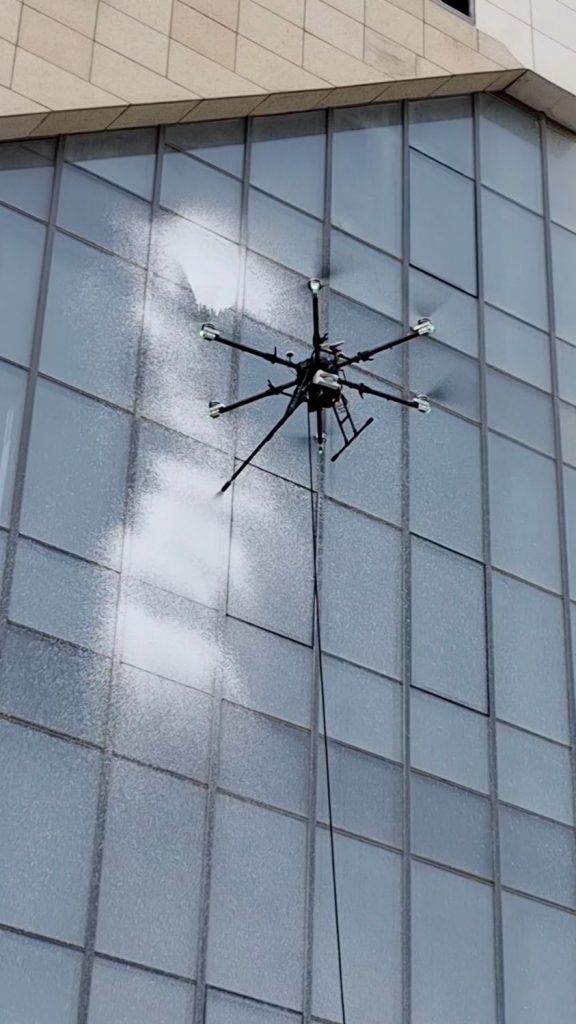
Introduction: The Challenge of Traditional Glass Cleaning
Cleaning glass surfaces—whether on skyscrapers, solar panels, or commercial buildings—has long been a labor-intensive, time-consuming, and risky task. Traditional methods rely on human workers using scaffolding, cranes, or suspended platforms, exposing them to heights, weather conditions, and potential accidents. Additionally, these methods are often slow, expensive, and inefficient for large or hard-to-reach surfaces.
Now, a new solution is taking flight—drones specially designed for glass cleaning. At the forefront of this innovation is a drone factory that engineers cutting-edge aerial cleaning systems, combining robotics, AI, and precision engineering to transform the way we maintain glass surfaces.
Why Drones Are the Future of Glass Cleaning
1. Enhanced Safety for Workers
The most significant advantage of drone glass cleaning is eliminating the need for human climbers. High-rise buildings and delicate glass structures pose serious risks, but drones can access these areas without putting workers in danger. This not only reduces workplace accidents but also ensures compliance with strict safety regulations.
2. Faster & More Efficient Cleaning
Drones can clean large glass surfaces much faster than traditional methods. Equipped with high-speed rotating brushes, microfiber pads, and water-spraying systems, they can cover vast areas in a fraction of the time. Their ability to hover precisely allows for consistent, streak-free cleaning without the need for ladders or scaffolding.
3. Cost-Effective Maintenance
Hiring professional window cleaners, renting equipment, and managing logistics for high-rise cleaning projects can be extremely costly. Drone cleaning reduces labor costs, minimizes downtime, and requires fewer resources, making it a smart long-term investment for businesses, property managers, and facility owners.
4. Precision & Superior Cleaning Quality
Modern glass-cleaning drones are equipped with:
-
Soft microfiber pads (for streak-free results)
-
Water-fed brushes (for dissolving dirt without chemicals)
-
AI-powered navigation (for precise movement on uneven surfaces)
-
Eco-friendly cleaning solutions (reducing environmental impact)
These features ensure a spotless, professional-grade clean every time.
How a Drone Factory Designs Glass Cleaning Drones
A specialized drone manufacturing facility develops these cleaning drones with cutting-edge technology to meet the demands of different industries. Here’s how they engineer them:
1. Custom-Built Cleaning Mechanisms
-
Rotating brushes for scraping off stubborn dirt
-
Water-spraying nozzles (using deionized water for spot-free cleaning)
-
Microfiber or sponge attachments for gentle glass surfaces
2. Advanced Flight Stability & Control
-
Gyroscopic stabilization to maintain steady hovering near glass
-
AI-assisted navigation to avoid obstacles and ensure even cleaning
-
Obstacle avoidance sensors for safe operation near windows and frames
3. Autonomous or Manual Operation
-
Pre-programmed flight paths for large, uniform surfaces (like skyscrapers)
-
Manual remote control for delicate or complex structures (like heritage buildings)
4. Durability & Weather Resistance
-
Weatherproof drones for outdoor cleaning in rain or wind
-
Lightweight yet sturdy materials for long flight times and efficiency
Applications Beyond Buildings
While skyscrapers are the most common use case, these drones are also transforming other industries:
✅ Solar Panel Cleaning – Removing dust and debris to maximize energy efficiency
✅ Greenhouses & Conservatories – Gentle cleaning to maintain optimal light transmission
✅ Historic Buildings – Non-invasive cleaning for delicate stained glass or architecture
✅ Automotive & Aerospace – Cleaning glass components in hard-to-reach areas
The Future: Smarter, Greener, and More Efficient
As drone technology evolves, so will glass-cleaning drones. Future advancements may include:
🔹 Self-Cleaning Drones (automatically washing their own brushes)
🔹 Longer Flight Times (extended battery life for bigger projects)
🔹 AI-Powered Stain Detection (identifying and targeting dirty spots automatically)
🔹 Solar-Powered Drones (for eco-friendly, wireless operation)
Conclusion: A Safer, Faster, and More Efficient Way to Clean Glass
The drone factory behind these innovations is not just building machines—it’s redefining how we maintain glass surfaces. By combining robotics, AI, and precision engineering, these drones offer a safer, faster, and more cost-effective solution than traditional methods.
For businesses, property managers, and facility owners, investing in drone-based glass cleaning means:
✔ No more risky climbs
✔ Faster cleaning with better results
✔ Lower long-term costs
✔ A greener, more sustainable approach
The future of glass cleaning is aerial—and it’s here today.
THE END

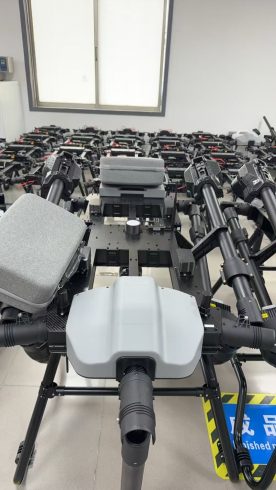
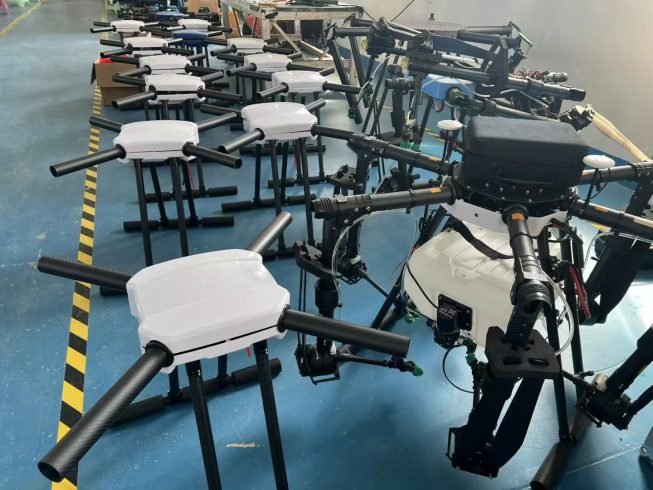

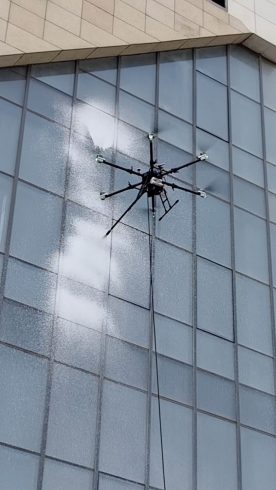
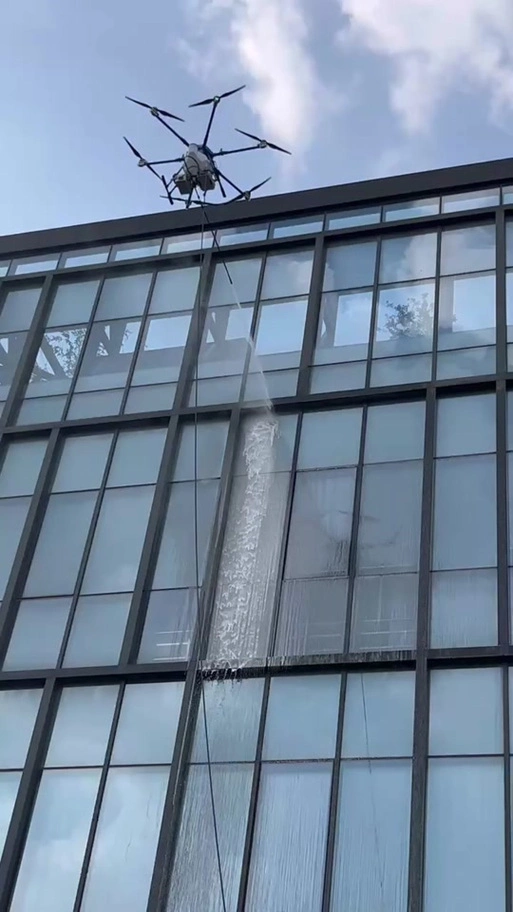
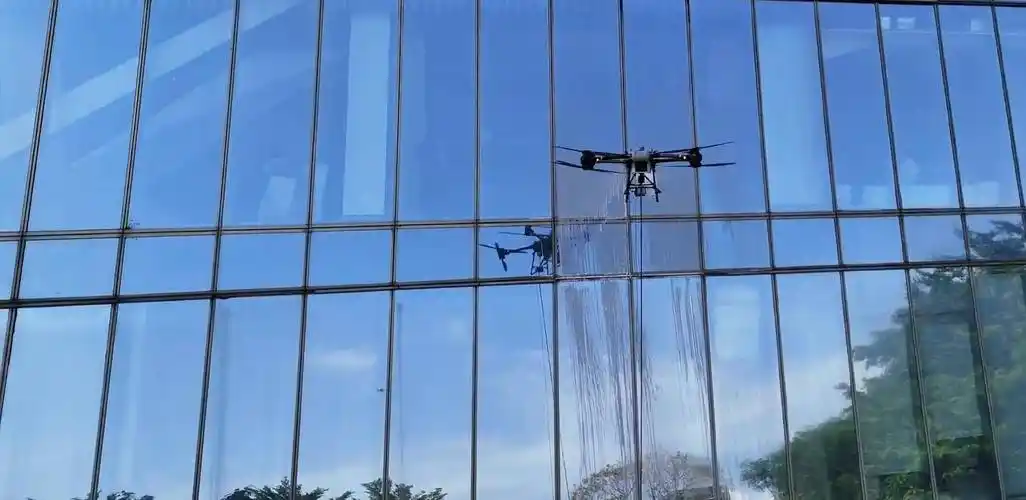
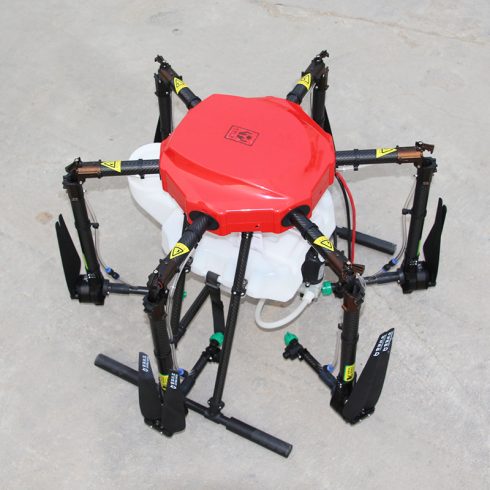
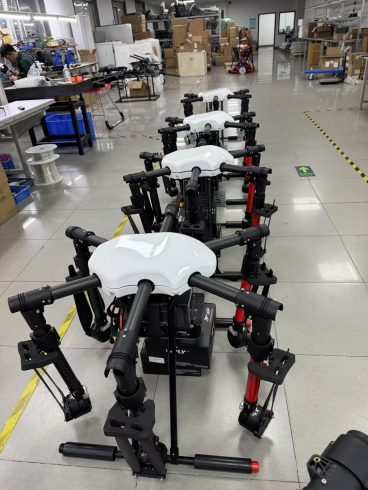
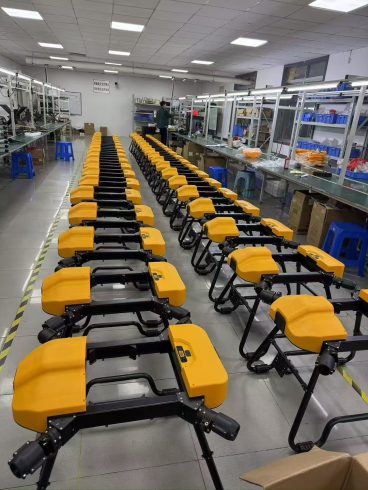

暂无评论内容